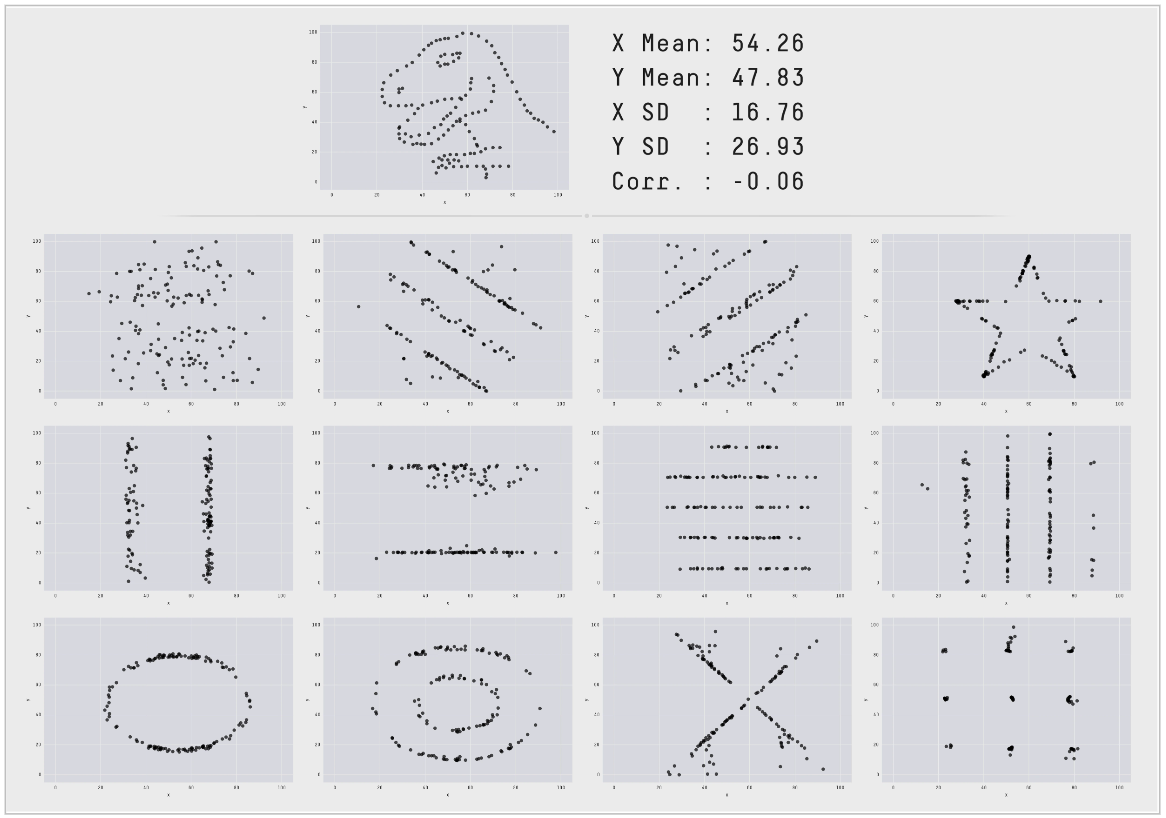# Set up packages for lecture. Don't worry about understanding this code, but
# make sure to run it if you're following along.
import numpy as np
import babypandas as bpd
import pandas as pd
from matplotlib_inline.backend_inline import set_matplotlib_formats
import matplotlib.pyplot as plt
from scipy import stats
set_matplotlib_formats("svg")
plt.style.use('ggplot')
np.set_printoptions(threshold=20, precision=2, suppress=True)
pd.set_option("display.max_rows", 7)
pd.set_option("display.max_columns", 8)
pd.set_option("display.precision", 2)
from ipywidgets import widgets
from IPython.display import clear_output, display
import warnings
warnings.filterwarnings('ignore')
def standard_units(any_numbers):
"Convert a sequence of numbers to standard units."
return (any_numbers - any_numbers.mean()) / np.std(any_numbers)
def standardize(df):
"""Return a DataFrame in which all columns of df are converted to standard units."""
df_su = bpd.DataFrame()
for column in df.columns:
df_su = df_su.assign(**{column + ' (su)': standard_units(df.get(column))})
return df_su
def correlation(df, x, y):
'''Computes the correlation between column x and column y of df.'''
return (standard_units(df.get(x)) * standard_units(df.get(y))).mean()
def slope(df, x, y):
'''Returns the slope of the regression line between columns x and y in df (in original units).'''
r = correlation(df, x, y)
return r * np.std(df.get(y)) / np.std(df.get(x))
def intercept(df, x, y):
'''Returns the intercept of the regression line between columns x and y in df (in original units).'''
return df.get(y).mean() - slope(df, x, y) * df.get(x).mean()
# All of the following code is for visualization.
def plot_regression_line(df, x, y, margin=.02, alpha=1):
'''Computes the slope and intercept of the regression line between columns x and y in df (in original units) and plots it.'''
m = slope(df, x, y)
b = intercept(df, x, y)
df.plot(kind='scatter', x=x, y=y, s=50, figsize=(10, 5), label='original data', alpha=alpha)
left = df.get(x).min()*(1 - margin)
right = df.get(x).max()*(1 + margin)
domain = np.linspace(left, right, 10)
plt.plot(domain, m*domain + b, color='orange', label='regression line', lw=4)
plt.suptitle(format_equation(m, b), fontsize=18)
plt.legend();
def format_equation(m, b):
if b > 0:
return r'$y = %.2fx + %.2f$' % (m, b)
elif b == 0:
return r'$y = %.2fx' % m
else:
return r'$y = %.2fx %.2f$' % (m, b)

